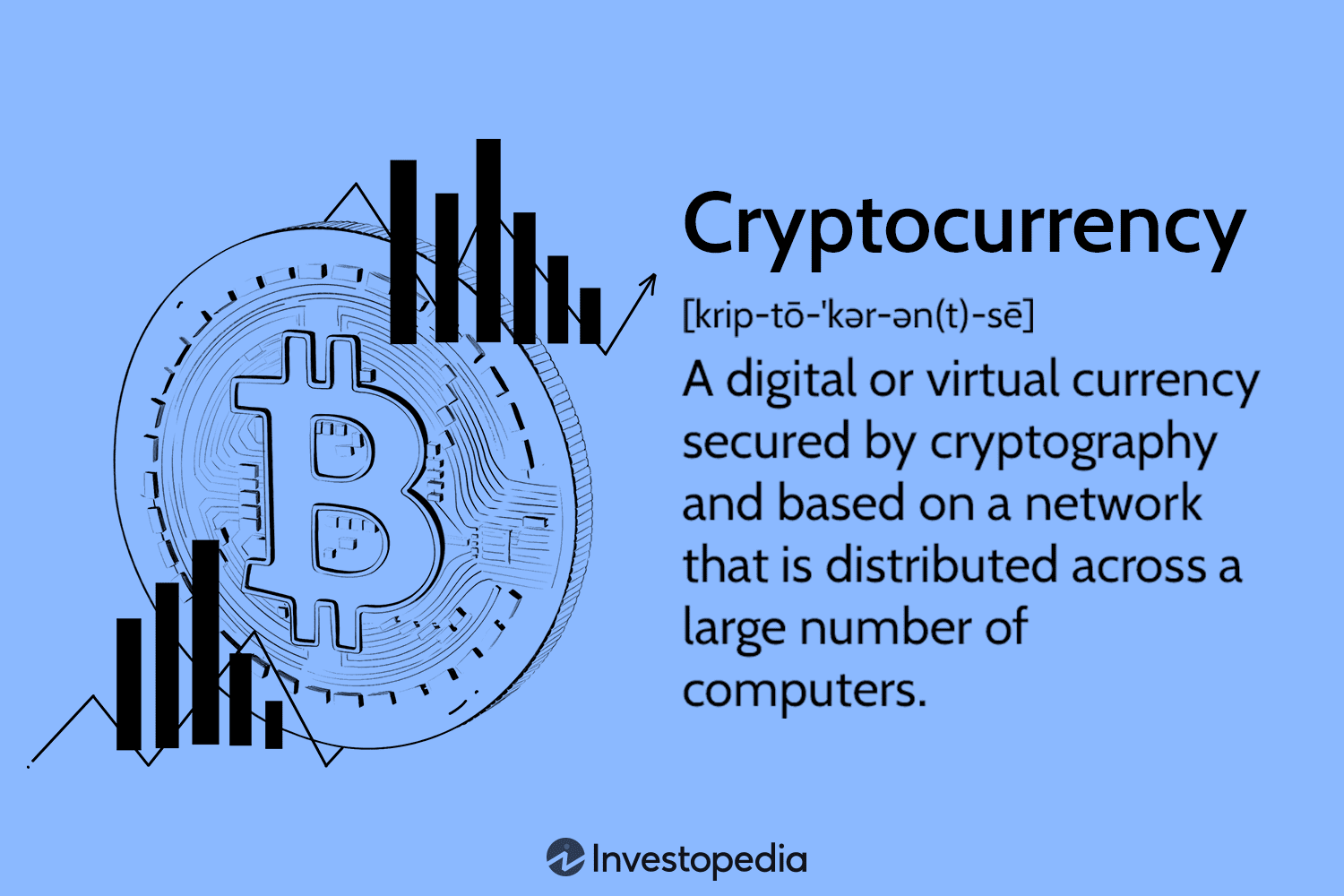Supported Cryptocurrencies
In 2024, the range of supported cryptocurrencies is a key difference between Binance and Coinbase. Binance offers an extensive selection, with over 600 cryptocurrencies available globally. This diversity caters to traders looking for a wide array of digital assets, including lesser-known altcoins. For those interested in exploring beyond mainstream cryptocurrencies, Binance provides a broad spectrum of options. This makes it an attractive platform for users seeking to diversify their portfolios with various digital currencies.
Conversely, Coinbase supports around 179 cryptocurrencies. While fewer than Binance, this selection includes many of the top and most popular digital currencies. Coinbase’s approach focuses on providing a curated list of cryptocurrencies, which can be particularly beneficial for new traders or those who prefer to stick with more established and well-known crypto assets. This limited yet focused range makes Coinbase a user-friendly platform, simplifying the choice for users who might be overwhelmed by too many options.
In essence, Binance is suited for users desiring a wide-ranging cryptocurrency portfolio, while Coinbase is ideal for those who prefer a more streamlined selection of well-known cryptocurrencies
Fees
In 2024, Binance and Coinbase have distinctly different fee structures, impacting user choice. Binance is known for its low fees, appealing to a broad range of users. Its trading fees start at a mere 0.1%, making it one of the most cost-effective platforms in the cryptocurrency exchange market. This low fee structure is particularly attractive to frequent and high-volume traders who aim to minimize their transaction costs. The affordability of Binance’s fees is a significant factor in its global popularity, drawing users who prioritize saving on transaction costs.
Coinbase, in contrast, imposes higher fees. Its trading fees begin at 0.5% and vary depending on the transaction type. For those new to cryptocurrency, these higher fees might be a trade-off for the platform’s ease of use and beginner-friendly interface. Coinbase’s fee structure is dynamically calculated, incorporating various factors which can sometimes make transactions more expensive than on Binance. While the higher fees might deter some cost-sensitive traders, Coinbase remains a popular choice for its user-friendly experience and robust security.
The choice between Binance and Coinbase, in terms of fees, depends on individual priorities: cost efficiency with Binance, or user experience with Coinbase








